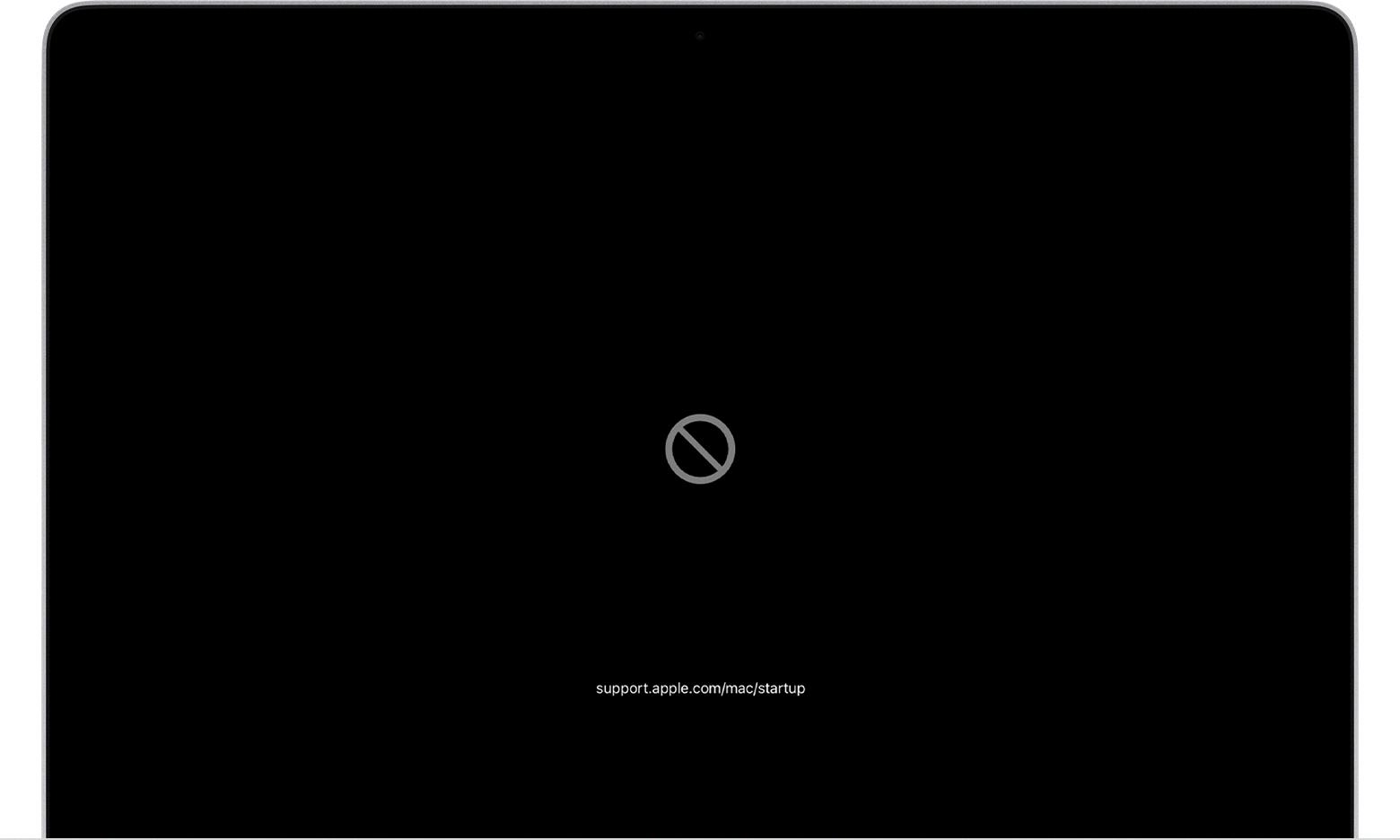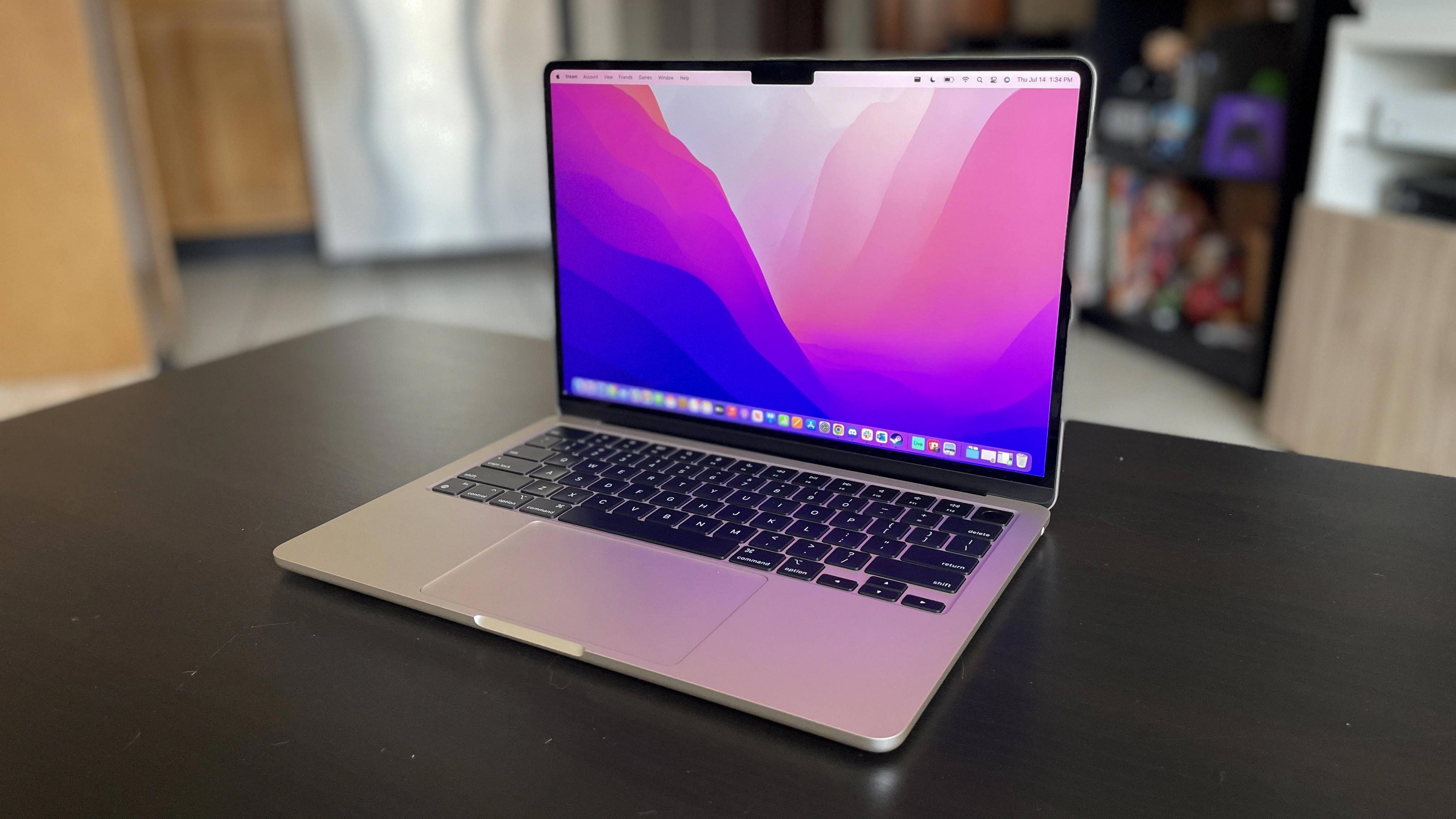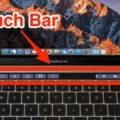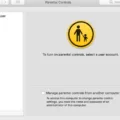If you’re a Mac user, you may have encountered the occasional problem where your computer won’t restart. This can be extremely frustrating and could leave you feeling helpless if you don’t know what to do. Fortunately, there are several steps that you can take to try and get your Mac back up and running again.
The firt step is to figure out why your Mac won’t restart. It could be due to an issue with the hardware, such as a faulty hard drive or bad RAM. Alternatively, it could be caused by a software issue such as a corrupt file or an outdated operating system. If the issue is hardware-related, then it may require professional assistance in order to fix it.
If the issue isn’t hardware-related, then it might be possible to fix the problem yourself. The most common cause of this type of problem is an incompatible driver or program. You shuld check for any new programs that were recently installed and uninstall them if necessary. Additionally, you should update any existing drivers or software that are out of date.
Another potential cause of your Mac not restarting is a corrupt system file or preference list. To fix this issue, try resetting the SMC (System Management Controller) on your Mac by following these steps:
1) Shut down your Mac
2) Disconnect all power sources
3) Wait 15 seconds
4) Reconnect all power sources
5) Press the power button to turn on your Mac
6) Check if the problem persists
If not, then great! Your computer shuld now be up and running again normally.
However, if the problem persists then there may be an underlying issue with your system files that needs to be addressed in order for your computer to work properly again. To do this, try booting into Safe Mode by following thse instructions:
1) Shut down your Mac
2) Press and hold down the ‘Shift’ key while pressing the power button
3) Release ‘Shift’ once you see the Apple logo appear on screen
4) Wait for Safe Mode to load up
Once in Safe Mode, try running disk utility and repairing any disk errors that may have occurred during startup. Additionally, you can use disk utility to check for any permission issues which may need resolving in order for your computer to start up properly again. If all else fails then you can also try reinstalling macOS from scratch using Internet Recovery Mode (see Apple’s article here).

In conclusion, if your Mac won’t restart then don’t panic – there are several things that you can do to potentially fix it yourself withut having to seek professional help. With some patience and troubleshooting skills, hopefully you’ll soon have your computer back up and running without too much hassle!
Forcing an Unresponsive Mac to Restart
If your Mac becomes unresponsive and you need to force a restart, press and hold the power button on your Mac until it shuts down. This should take about 10 seconds. After your Mac has shut down, press the power button again to turn it back on. If this doesn’t work the first time, try repeating the process a few times until your Mac restarts.
Troubleshooting Mac Restarting and Shutting Down Issues
There are several reasons why your Mac may not be restarting or shutting down properly. It could be due to an issue with the software, such as an outdated operating system or a conflicting application. It could also be a hardware issue, such as a faulty RAM module or failing hard drive. It’s also possible that there’s a problem with the power supply itself. In any case, it’s important to investigate furter and determine the underlying cause of why your Mac isn’t restarting or shutting down properly so you can take appropriate action to resolve the issue.
Restarting a Frozen Mac
If your Mac is frozen and won’t respond, you can try restarting it. To do this, press and hold the power button for about 10 seconds. This should force the Mac to shut down. Once it has shut down, wait a few moments to let it cool off, then press the power button again to turn it back on. If your Mac sill isn’t responding after restarting, you may need to use a more advanced troubleshooting technique.
Performing a Hard Reset on a Mac
To hard reset a Mac, you need to turn on the computer and press and hold the Option, Command, P, and R keys simultaneously. You should continue to hold thee keys for at least 20 seconds before releasing them. This will clear any user settings from memory and restore certain security features that may have been changed. After the hard reset is complete, your Mac will restart normally.
Troubleshooting a Non-Responsive Mac
If your Mac is not responding, the first step is to try and restart it. To do this, click on the Apple menu at the top left of the screen and select Restart. If you canot interact with the Apple menu (perhaps because your mouse is unresponsive) then try pressing Command-Control-Eject (on a very old Mac) or Control-Option-Command-Power button (on a newer Mac).
If restarting does not work, then you can try force quitting applications that may be causing a problem, or resetting the computer’s parameter RAM. To force quit, press Command-Option-Esc on your keyboard to bring up a list of all running applications; then select an application and click Force Quit. To reset your computer’s parameter RAM, shut down your Mac and then turn it back on while holding down Command-Option-P-R keys unil you hear two startup chimes.
If thse steps do not resolve the issue, contact Apple Support for assistance.

Source: support.apple.com
Troubleshooting a Mac Stuck on the Loading Screen
There cold be a few reasons why your Mac is stuck on the loading screen. It could be due to an issue with your Mac’s hardware or software, or even a corrupted file on the system. If your Mac has Touch ID, try pressing and holding the Touch ID button to see if it can help. If not, try turning it off and back on again. Also, make sure to disconnect any external devices, such as printers or USB hubs, that may be connected to your Mac as these could be interfering with the startup process. Finally, you may need to run a disk repair tool or reinstall your operating system in order to fix any issues with corrupted files.
Forcing a Mac to Turn On
To force a Mac to turn on, press and hold the power button for at least 10 seconds. On notebook computers that have Touch ID, press and hold Touch ID instead of the power button. If after pressing the power button there is no change on your Mac, press and release it normally. After doing so, your Mac sould start up.
Reasons Why Macs Take a Long Time to Restart
There are several possible reasons why your Mac may take a long time to restart. It could be due to the number and size of applications and processes running on your Mac, or due to low free disk space. A slow hard drive or insufficient RAM can also be a factor. Lastly, there may be corrupt system files or a virus that is slowing down the boot process. To resolve this issue, close any unnecessary programs or processes, free up disk space by deleting unnecessary files, check for viruses and repair any corrupt system files.
Restarting a Frozen Mac Without the Power Button
If your Mac is unresponsive or frozen and you cannot use the power button to restart it, you can force a restart by pressing and holding the Command + Control + Option + Power keys simultaneously unil the device restarts. If your Mac has a Touch Bar, you can also press down on the Touch ID button until the device reboots.
Restarting a Mac Using the Keyboard
To restart your Mac using the keyboard, you’ll need to press and hold the Control, Command, and Power buttons simultaneously. This will force your Mac to restart without prompting to save any open and unsaved documents. If you’d like to be prompted to save any open documents before restarting, use the combination of Control, Command, and Media Eject buttons instead. To successfully press all three buttons at once, use the index fingers of both hands to press down on the Control and Command keys while simultaneously pressing down on the Power button with your right thumb.
Troubleshooting a Black Screen on a Mac
If your Mac screen is black, it coud be caused by a variety of issues. It could be an issue with your display settings, a software conflict, a hardware malfunction, or any other number of things. To help narrow down the cause of the problem, start by checking your display settings to make sure the correct resolution is selected and that the brightness is at an acceptable level. If that doesn’t fix the issue, then you can try resetting your SMC and PRAM to see if that helps. If all else fails, you may need to take your Mac in for service or repair.
Restoring a Mac Computer to Factory Settings
Restoring your Mac computer to factory settings is a straightforward process. First, restart your computer and press and hold Command + R untl you see the Apple logo. Then select Disk Utility from the Utilities window and select View > View all devices. Select the top drive and click Erase, then fill out the required details and hit Erase again. Once that’s done, you can select Reinstall macOS from the Utilities window to reinstall your Mac’s operating system. This will restore your Mac to its factory settings. Finally, follow the onscreen instructions to finish resetting your Mac.
Restarting a MacBook Pro When the Screen is Black
If your MacBook Pro’s screen is black and you are unable to turn it on, you can try restarting it. To do this, press and hold the power button for about 10 seconds. Release the power button, then immediately press and hold Command (?)-R untl you see an Apple logo or other image. This will boot your MacBook Pro into Recovery Mode, where you can access various troubleshooting tools to help resolve any issues that may be causing your display to be blank.
Troubleshooting Mac Update Issues
There are several potential reasons why your Mac may be stuck during an update. It could be due to outdated drivers, hardware or software incompatibility, a bug in the system, or a faulty internet connection. Additionally, if you’re attempting to install a major macOS update (e.g., from macOS 10.14 to 10.15), it can take longer than usual due to the larger size of the update. If the update is taking too long, we recommend waiting for it to finish as it may resolve itself. However, if your Mac appears completely unresponsive and you’re unable to use it normally afterwards, you shuld try some of the following solutions:
1) Force restart your Mac by pressing and holding the power button for around 10 seconds untl it restarts automatically
2) Try disconnecting any external peripherals connected to your Mac
3) Check for available updates using the App Store
4) Update any existing drivers using Apple Software Update
5) Try resetting NVRAM (Non-Volatile RAM) and SMC (System Management Controller) on your Mac
6) If all else fails, try reinstalling macOS from an external drive.
Conclusion
If your Mac won’t restart, it’s important to determine the cause of the issue befre you can begin troubleshooting. Possible causes include a corrupt operating system, an incompatible software update, or a hardware problem. You can try running diagnostics and resetting your firmware settings to see if that helps, but if these steps don’t resolve the issue, then you may need to take your Mac in for servicing or replace certain components. In any case, it is best to be proactive in addressing the issue as soon as you can in order to avoid further complications down the road.








